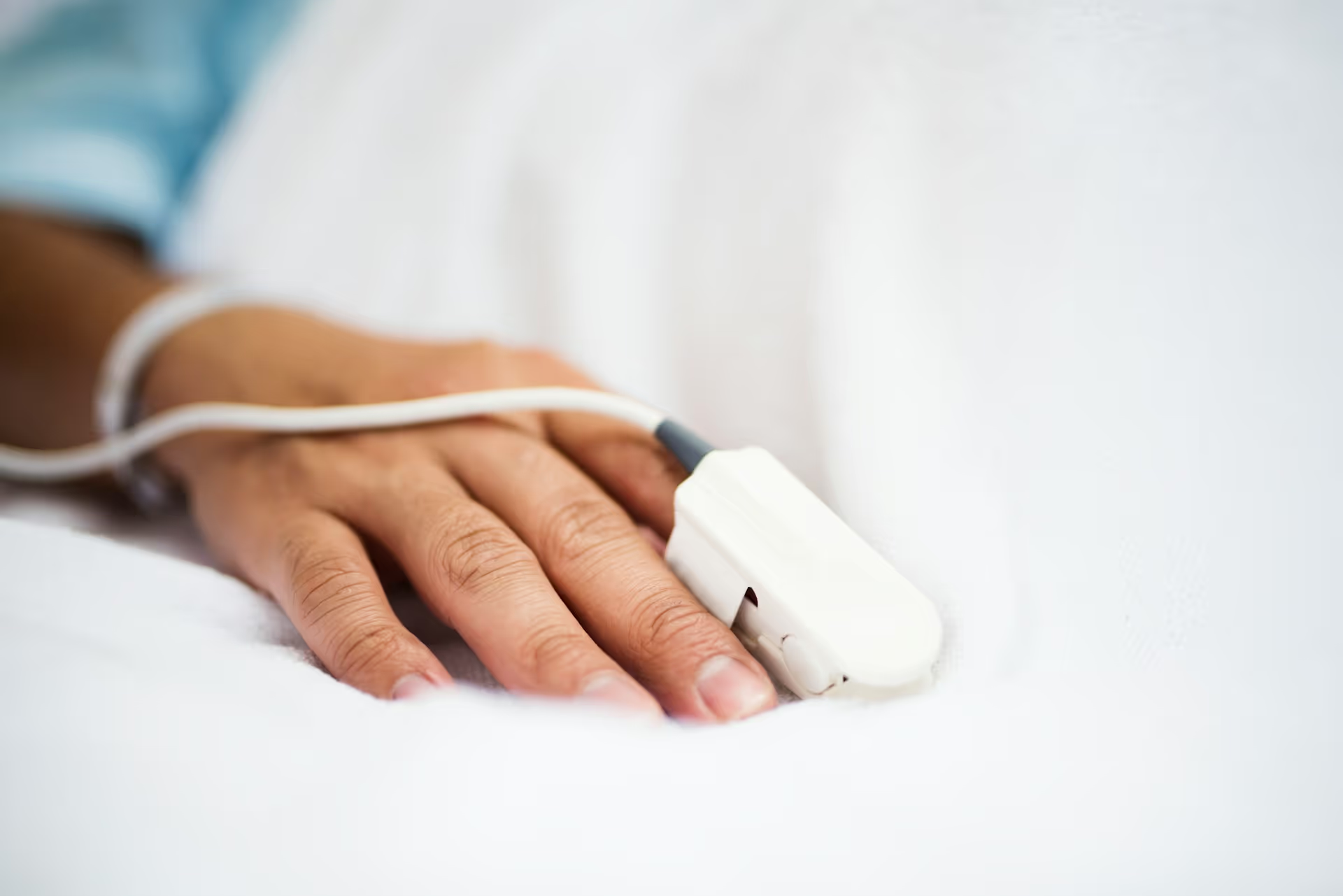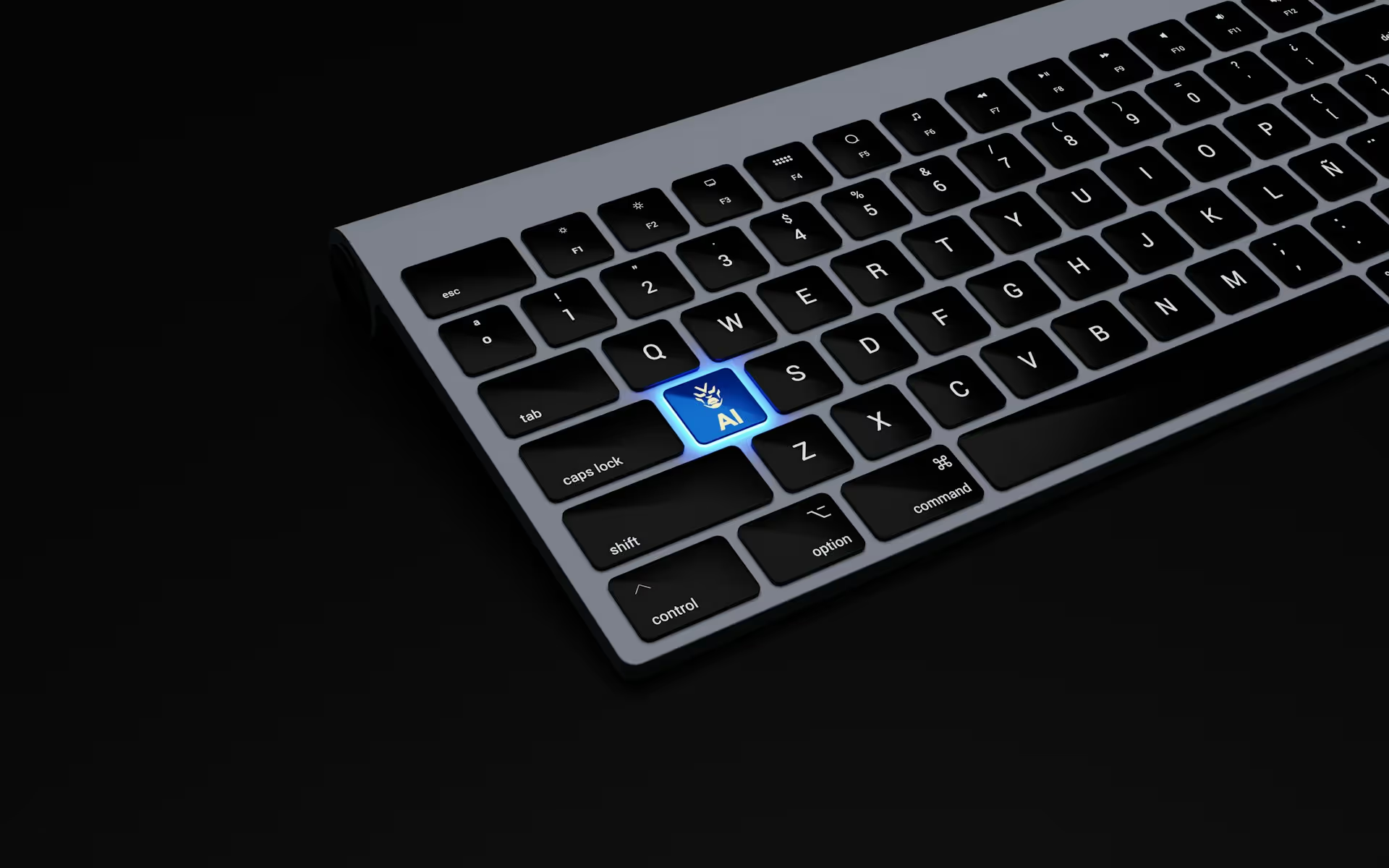
Contactless patient monitoring makes it possible to check on someone's health without having to physically touch them. This kind of setup plays a big role in clinics, hospitals, and even home care. It helps track things like heart rate, breathing, temperature, and oxygen levels. Since it doesn’t rely on wires or wearables in many cases, it gives patients more freedom and helps clinicians keep tabs without needing to interrupt or disturb the person being monitored.
Still, no system is perfect. When sensor issues come up, it can throw off the whole monitoring plan. Data may be missing, jump around too quickly, or stop feeding through altogether. That makes it harder to make good care decisions, especially when the patient can’t speak up for themselves. The goal of this article is to explain some of the most common issues sensors can have during contactless monitoring and lay out how to catch them early and fix them quickly.
Common Sensor Issues in Patient Monitoring
Even with smart systems running behind the scenes, contactless monitoring sensors can run into problems. Whether they're using thermal imaging, radar, cameras, or another tech, sensors still depend on solid connections and accurate data flow. The most common issues happen for a few reasons.
Here are the ones that tend to show up the most:
- Inaccurate readings: If the sensor picks up heat coming from another source in the room, or if it’s mounted at the wrong angle, the reading could be way off. This makes the data hard to trust.
- Signal interference: Wi-Fi routers, cordless phones, or other electronics nearby can scramble the sensor’s signals. This could make the readings drop or spike randomly.
- Sudden signal loss: Sometimes the whole feed just drops for a few seconds or minutes. This can mess up reports or miss key health changes.
- Hardware failures: Pieces inside the sensor can wear out or break without warning. This doesn’t just lead to bad readings but can shut down monitoring entirely.
- Software glitches: If the system doesn’t get an update or wasn't set up the right way, the data might lag or get stuck.
Imagine watching someone after surgery while the monitoring screen shows no change for hours, only to find out later that the sensor froze. That kind of gap can lead to delayed care or missed early warnings. In some cases, back-and-forth between multiple departments starts just because no one realizes the root of the issue is the sensor itself.
Sensor glitches can cause unnecessary stress for medical staff, too. When you can't trust the numbers in front of you, every choice becomes harder. That’s why understanding what throws sensors off, both the little things and the big ones, can help systems run more smoothly.
Diagnosing And Troubleshooting Sensor Problems
When a sensor acts up, the goal is to figure out what's wrong without wasting time. Some issues are quick fixes, but others need a deeper look. The first step is to determine if the problem is isolated to one sensor or part of a larger system issue.
Here’s a checklist that helps narrow things down:
1. Check positioning: Contactless sensors need clear lines of sight. Make sure nothing is blocking or reflecting the signals. Adjust angles if needed.
2. Inspect surroundings: Remove any electronics or new devices that may be causing signal jumps. Interference can come from unexpected places.
3. Restart and reconnect: Simple restarts can clear out bugs, especially if software updates haven’t been applied recently.
4. Update software: If the system hasn’t been updated in a while, bugs may be piling up that impact how data is read or displayed.
5. Run calibration tests: Some systems have built-in tools that check accuracy. These can confirm whether the sensor is off.
6. Test with a backup sensor: Swapping the sensor can reveal whether the original is the issue.
Routine checks like these help limit downtime. They also remove guesswork so tech teams or clinical staff can get to the root of the problem faster. Over time, keeping a shared log of sensor quirks or repeat issues can point out trends, whether they’re tied to specific rooms, sensor types, or patterns over time.
Preventing bigger failures starts with catching early signs. The more familiar teams are with what problems look like and how to test for them, the more useful and trustworthy contactless monitoring becomes.
Best Practices For Sensor Reliability And Maintenance
The best way to avoid sensor trouble is to make sure problems don’t start. Like any equipment, sensors perform better when they’re kept clean, installed securely, and checked often. Skipping maintenance, even briefly, can turn a stable feed into an unreliable one in just a couple days.
Here are a few habits that help maintain solid performance:
- Clean sensor lenses and surrounding areas using non-abrasive materials to prevent dust or film buildup
- Mount sensors firmly to reduce movement or vibration over time
- Schedule and complete software or firmware updates to make sure systems run on the most stable version
- Run periodic test readings using dummy data or test mannequins to confirm systems respond properly
- Restrict access to sensor setup or resets to only trained staff members
Education plays a big role, too. Every staff member using the system should understand what typical signals look like, when to treat alerts seriously, and how to report a sensor concern. Training needs to be ongoing. Refreshers that include current scenarios or new tools help everyone stay sharp. For example, one facility found out the root cause of faulty readings on their temperature sensors came from cleaning spray hitting the equipment. After in-person walkthroughs with janitorial teams, that issue didn’t happen again.
Making routine checks part of workflow helps avoid missed signs. Adding a quick sensor glance to shift change routines or setting up a once-a-week performance check makes it easier to catch small problems before they grow.
Integrating Advanced Solutions for Enhanced Monitoring
New tools are making it easier to catch problems before they become serious. Some new systems offer predictive alerts that flag early signs of failure. These tools learn what normal looks like, so when a sensor starts to behave unusually, they notify staff.
Consider these features to strengthen your setup:
- AI-powered logs that automatically monitor sensor reliability by tracking activity and performance over time
- Backup sensors that activate automatically when the primary fails
- System alerts that flag when data has not updated within a given time window
- Software tie-ins that notify maintenance staff when calibration or cleaning is due
If your current system doesn’t go beyond live readings, adding these tools can improve both team response time and patient safety. Identifying failures faster helps caregivers stay on track even when equipment hits a snag.
It may also be time to evaluate whether the current sensors in use are still the best option. Sensors are like any tool—they age. Quality gradually drops, even with proper care. Testing newer models might resolve long-standing issues. Switching to updated versions often means more reliable accuracy, improved connection strength, and fewer software hiccups.
Simple upgrades paired with solid procedures give your facility a stronger safety net. That lets teams concentrate more on patient needs rather than chasing down technical fixes.
Keeping Monitoring Accurate and Reliable Long-Term
Sensors are meant to help, but only when the data they provide is consistent and actionable. Gaps in monitoring hurt patient care and cause extra work for staff. Whether on a hospital floor or used remotely, dependable sensor reads build trust and comfort for everyone involved.
Fixing a single problem and moving on won’t solve long-term issues. Teams need habits that look for repeated errors and deeper trends. That includes checking reports every month, reviewing past alerts, and investigating if problems cluster in specific locations or under certain conditions.
Keeping up with tech developments can also make a real difference. Even if the core process stays the same, updated hardware and smarter diagnostics can prevent recurring setbacks. Newer tools usually come with added alerts, clearer visuals, and compatibility improvements that keep systems strong under changing conditions.
When monitoring runs smoothly, care can stay focused. The tech behind each alert or reading should work quietly in the background, giving staff confidence rather than confusion. It’s about creating steady systems patients and teams can count on over time. With consistent attention to small repairs, smart upgrades, and meaningful staff training, patient monitoring no longer needs to be the weak link in care delivery. Instead, it becomes a tool that supports better outcomes every step of the way.
Achieving consistent monitoring and patient safety is within reach when you integrate effective strategies into your routine. If you're looking to expand your facility's capabilities, explore how contactless patient monitoring can help improve care delivery while streamlining your workflow. Upvio offers innovative tools designed to support accuracy and reliability, helping your team provide dependable experiences for every patient.


